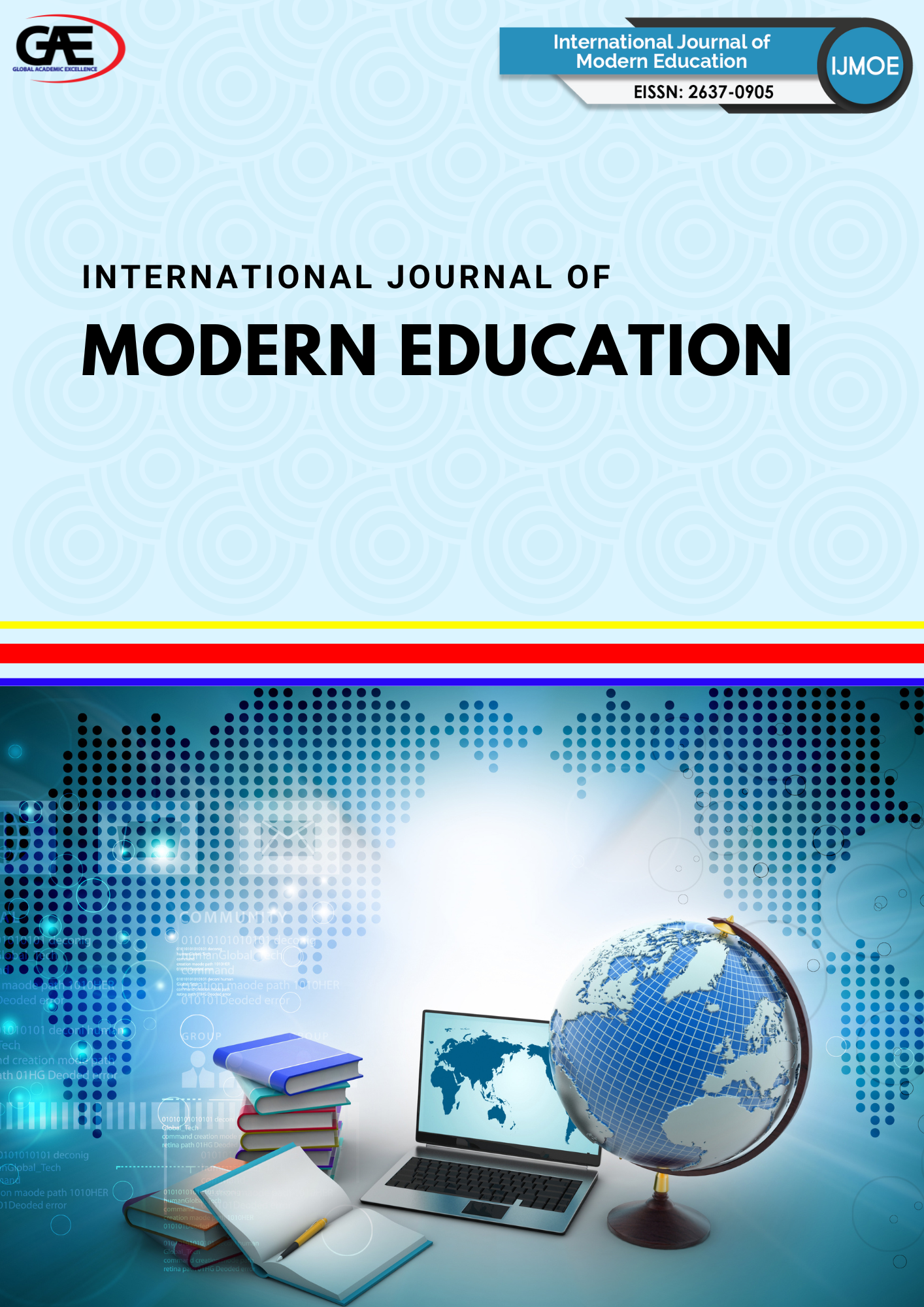TRENDS AND PATTERNS IN ORGANIZATIONAL COMMUNICATION STUDIES: A BIBLIOMETRIC ANALYSIS
DOI:
https://doi.org/10.35631/IJMOE.726012Keywords:
Organizational Communication, Communication Networks, Corporate Communication, Crisis Communication, Internal Communication, Strategic CommunicationAbstract
This bibliometric analysis explores the evolving trends and research patterns in organizational communication studies over the past two decades. Organizational communication, as a dynamic and interdisciplinary field, has experienced significant growth and diversification in terms of topics, methodologies, and global scholarly participation. Despite this development, a lack of comprehensive mapping remains, which prevents the synthesis of the intellectual landscape and identification of influential themes, authors, and geographical contributions. Addressing this gap, the study aims to systematically analyze the structure and trajectory of organizational communication literature using advanced bibliometric tools. A total of 848 relevant documents were extracted from the Scopus database using the search string TITLE (organisational AND communication) and filtered by subject area (SOCI) for the publication years 2000 to 2025. The data were refined using OpenRefine for cleaning and standardization, then analyzed through the Scopus Analyzer for publication trends, and visualized using VOSviewer for keyword co-occurrence, author citations, and country collaboration networks. The results demonstrate a steady increase in publication volume, with the United States leading in research output and influence. The most frequently cited works focus on participatory communication, crisis communication, and organizational identity. Keyword analysis revealed “organizational communication,” “corporate communication,” and “crisis communication” as central themes, alongside emerging areas such as digital platforms and employee engagement. The study also highlights the growing involvement of countries such as China, Brazil, and South Africa, indicating a more globalized research landscape. In conclusion, this bibliometric mapping provides valuable insights into the knowledge structure and global discourse of organizational communication, offering direction for future research and identifying underexplored areas that merit scholarly attention.






